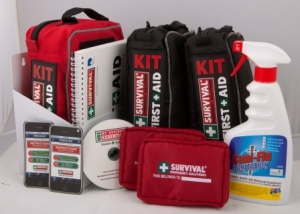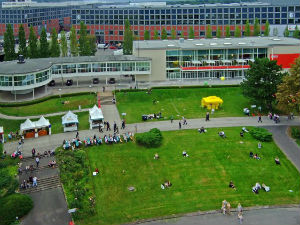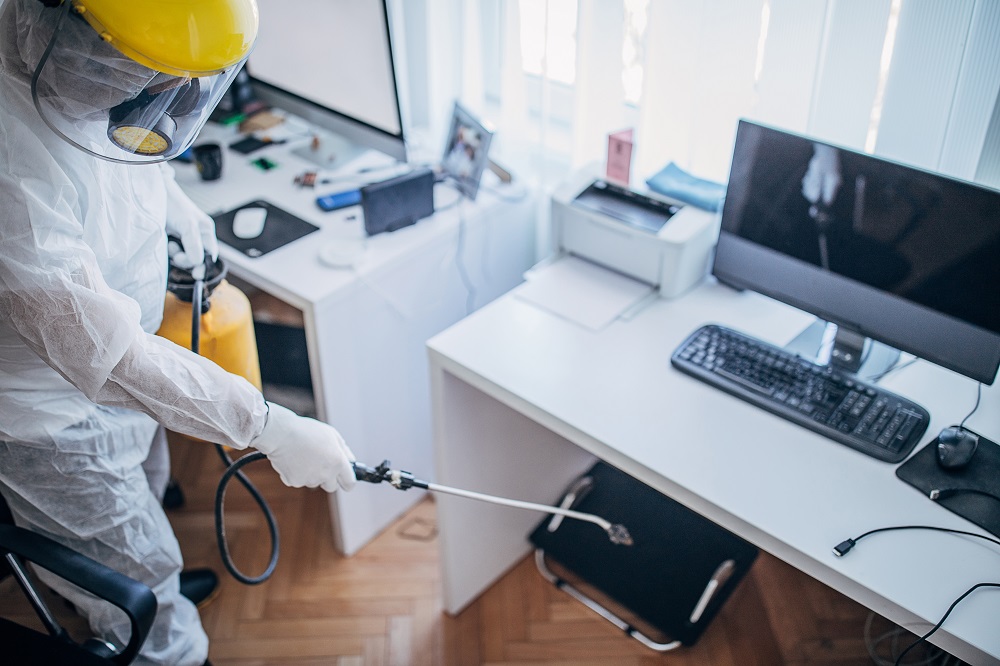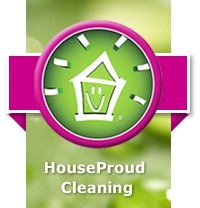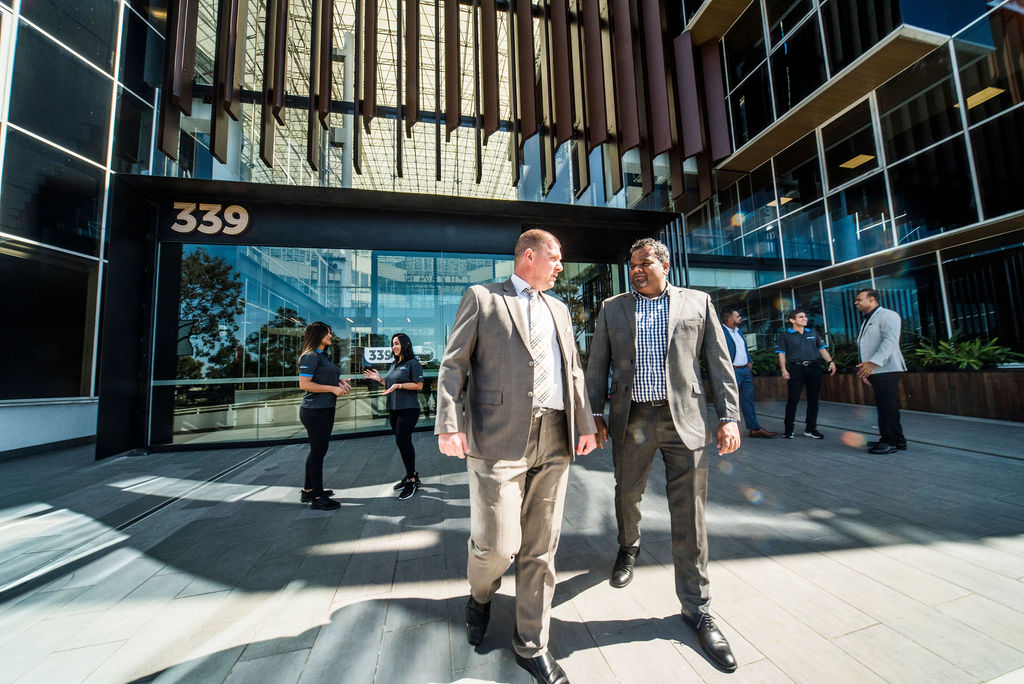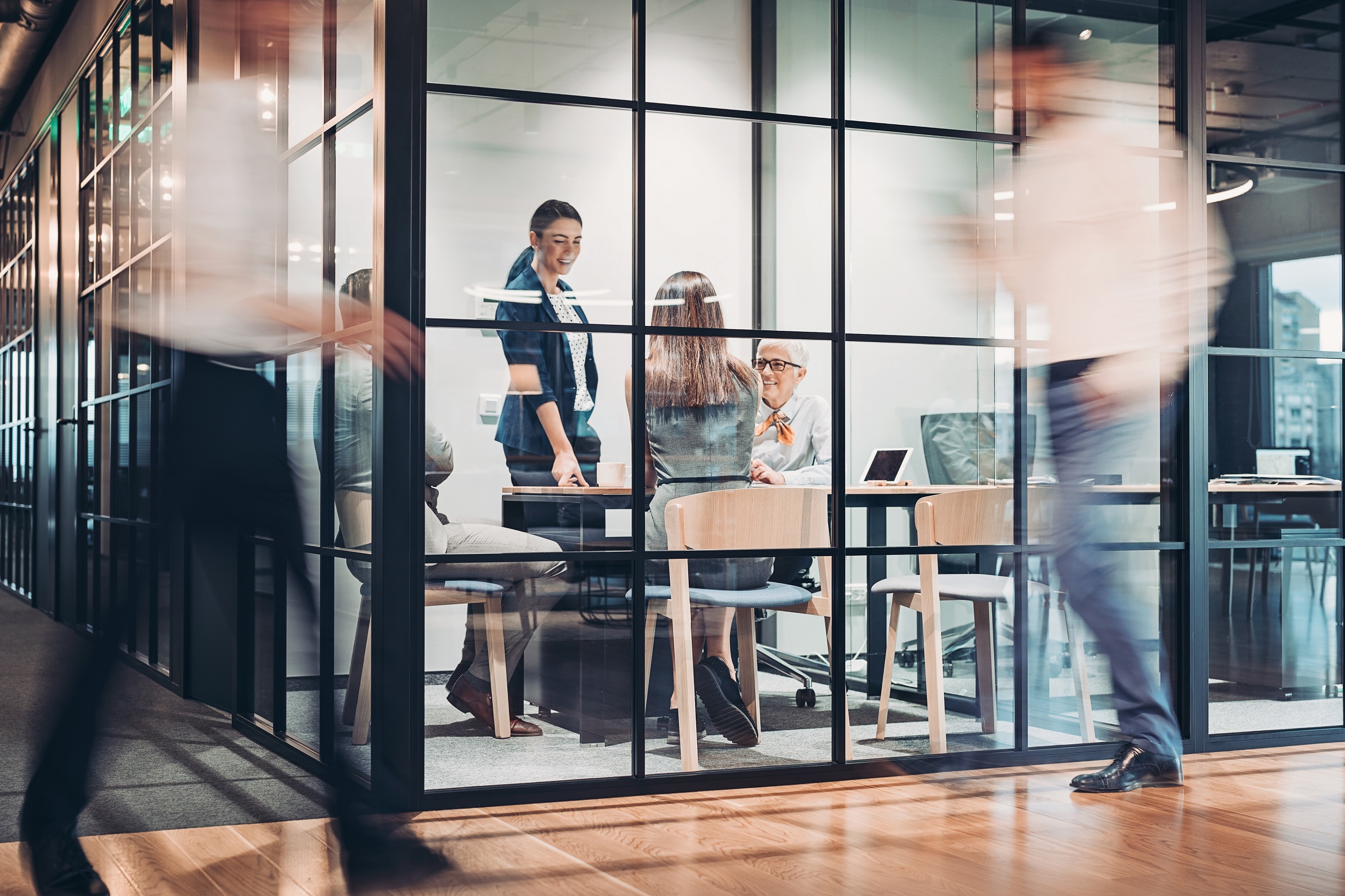
As Australia continues to open and lift all COVID-19 border restrictions1, latest research from Reckitt indicates 74 per cent of Australian consumers remain concerned about the spread of germs2.
According to data from the ABS, in April 2022, despite more people working from home than at the start of the pandemic, more than half (53.8 per cent) of Australians hadn’t worked at least one day a week from home in the previous four weeks, indicating that for many, a return to office work is now the norm.
A March 2022 survey commissioned by Reckitt’s Lysol Pro Solutions and conducted by Suzy in the United States, found 53 per cent of American office employees were travelling to their company’s office every day, with 30 per cent going into the office a few times each week3.
Yet only 27 per cent of respondents believed that their company’s health and safety measures were being enforced to the highest standard4.
While yes, this is research from overseas, the survey underscores the importance of an effective and well-enforced office hygiene program to help protect and inspire confidence among employees.
As we found ourselves during the colder months, with NSW hospitals reporting in May 2022 an influx of COVID-19, cold and flu cases5, it’s a good time to be reminded that if you are an employer, you’re required by law to put into place protective measures to limit the spread of germs in the workplace6.
Here are some steps you can take to help ensure your space, and team, are protected.
A comprehensive plan that promotes collective responsibility
The office environment, where groups of people share spaces, can be a source of germ transmission.
Employers need a robust cleaning and disinfection regimen that is both backed by comprehensive, science-backed protocols, and engages employees to participate in the office hygiene experience.
Employees should play a role in disinfection, however, they need solutions to help protect themselves and their colleagues in the office, including the necessary products and education.
Regularly stocked sanitiser should be made available where a wash basin isn’t possible (i.e. at the office entrance), soap dispensers in bathrooms should be full with signage to remind those to wash their hands (consider putting this on the back of cubicle doors), and wipes should be present for employees at their desks and in shared common areas such as break rooms and kitchens.
What’s more, understanding where and when to direct cleaning and disinfection measures is critical.

It’s all about ‘Targeted Hygiene’
A keyway to help minimise the spread of germs on surfaces is to take a ‘Targeted Hygiene’ approach.
Rooted in research and rigour, Targeted Hygiene refers to the practice of putting into place hygiene surface and hand hygiene interventions when and where they are most needed7,8.
Based around risk management and efficacy, Targeted Hygiene focuses on what is needed to help stop the spread of germs, pointing businesses towards cleaning smarter, not just harder, and encouraging hand hygiene at key moments, rather than saying just “frequently”.
Research has shown that high-touch points such as door handles9 and hand dryers can become contaminated by dirty hands, allowing germs to be transferred onto the hands of the next person to touch them.10
It therefore makes sense then for these kinds of items to be cleaned more frequently at intervals that reflect their likely use (you don’t worry so much about areas where they are not being used) so you target the frequency accordingly.
Once Targeted Hygiene protocols have been developed, it is important to ensure your office’s cleaning teams are trained so they understand when, where, and how to clean.
Monitoring is always part of any good cleaning system to ensure spaces are not only being cleaned and disinfected in accordance with government health advice, but also so protocols can be adapted based on footfall of the office space.
For example, if the space is only being used two days a week versus five, then protocols should be adapted accordingly.
When it comes to compliance and use of protective measures such as hand sanitiser, if you notice that the dispensers need refilling less frequently, it might mean that it needs to be placed somewhere more accessible and visible, or perhaps your messaging to encourage its use needs revisiting.
Partnering with specialists
While the Australian government provides excellent advice on cleaning and disinfection, employers and facilities managers also can turn to experts such as Dettol Pro Solutions for how to best protect employees in the office.
Drawing on science-based targeted hygiene, which helps determine where, when, and how germs spread, Dettol Pro Solutions recommends the appropriate products and protocols to create protected spaces.
As employers and employees return to the office, employees are placing trust in their employer that the business is doing everything they can to help create a comprehensive hygiene program which reinforces enhanced disinfection measures.
Employee-empowered hygiene not only helps protect the business, but also puts a culture of care in place at the office.
Jonathan Weiss is commercial director of B2B for Europe, Australia and New Zealand at Reckitt. This article was first published in the November/December issue of INCLEAN magazine
1 Home Affairs, All COVID-19 border restrictions to be lifted, Home Affairs, Accessed 4 July 2022 <https://minister.homeaffairs.gov.au/ClareONeil/Pages/covid-border-restrictions-to-be-lifted.aspx>.
2 Reckitt Toluna Tracker, Wave 16 (6/7/2021-6/13/2021)
3 Lysol Pro Solutions, Suzy Return to Office Survey Results, Accessed 5 July 2022 <https://www.dropbox.com/s/qm0r62y0wzikfwu/Suzy%20%2B%20RB%20Lysol%20Pro_Return%20to%20Office%20Results_1.4.22%5B1%5D.xlsx?dl=0>
4 Lysol Pro Solutions, Suzy Return to Office Survey Results, Accessed 5 July 2022 <https://www.dropbox.com/s/qm0r62y0wzikfwu/Suzy%20%2B%20RB%20Lysol%20Pro_Return%20to%20Office%20Results_1.4.22%5B1%5D.xlsx?dl=0>
5 NSW Government 2022, Stay safe this winter get your flu shot now, NSW Government, accessed 4 July 2022 <https://www.health.nsw.gov.au/news/Pages/20220524_00.aspx>.
6Business 2022, Keep you and your employees safe during COVID-19, Business, Accessed 4 July 2022, <https://business.gov.au/risk-management/emergency-management/coronavirus-information-and-support-for-business/keep-you-and-your-employees-safe-during-covid-19>.
7 The Case for Targeted Hygiene, 2019, Accessed 7 July 2022 at: https://journals.sagepub.com/doi/10.1177/1757913919864070#:~:text=Targeted%20Hygiene%20is%20an%20 approach,in%20Figures%201%20and%202).
8Boomfield SF, Rook GA, Scott EA, Shanahan F, Stanwell-Smith R, Turner P. 2016. Time to abandon the hygiene hypothesis: new perspectives on allergic disease, the human microbiome, infectious disease prevention and the role of targeted hygiene.Perspectives in Public Health. 2016;136(4):213-224. doi:10.1177/1757913916650225
9 Rheinbaben FV, Schünemann, S Groß, T, Wolff, MH, 2000. Transmission of viruses via contact in a household setting: experiments using bacteriophage φX174 as a model virus, Journal of Hospital Infection, Volume 46, Issue 1, Pages 61-66, ISSN 0195-6701, https://doi.org/10.1053/jhin.2000.0794.
10 Hygiene – Retail, supermarkets, and shopping centres, https://covid19.swa.gov.au/covid-19-information-workplaces/industry-information/retail-supermarkets-and-shopping-centres-2
